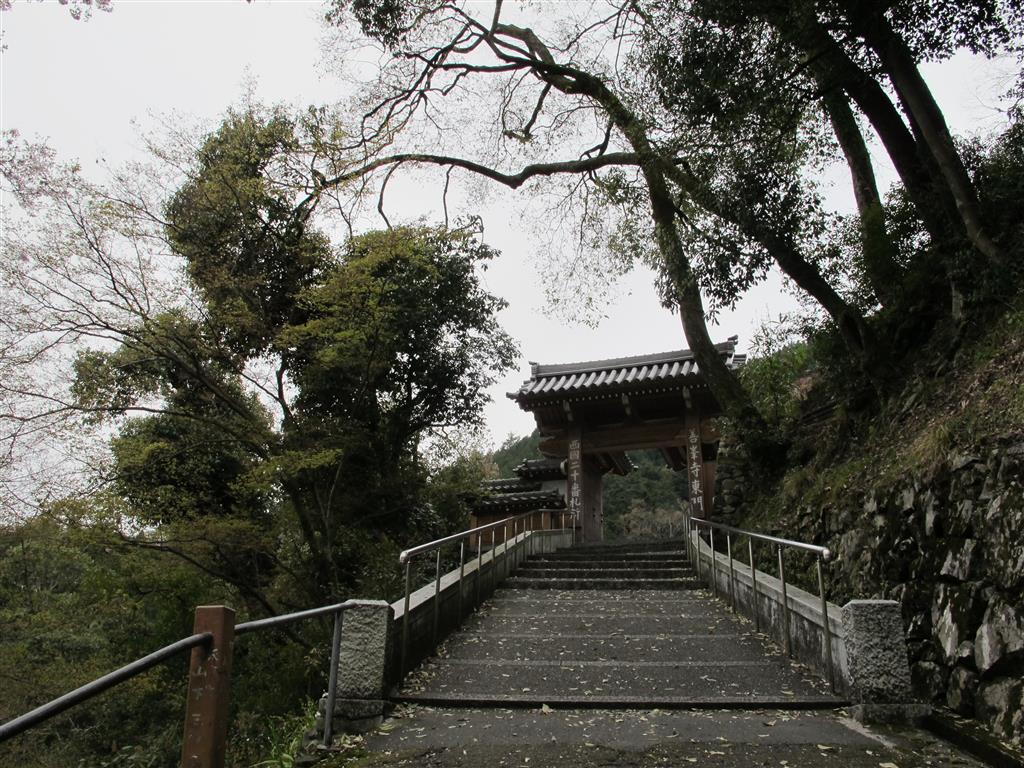
About a week ago, when the sakura was still blooming, we visited Yoshiminedera (善峯寺). This is a mountain temple to the west of Kyoto, and because it is a mountain temple, the air is cooler and the sakura blooms a little later than in the city.
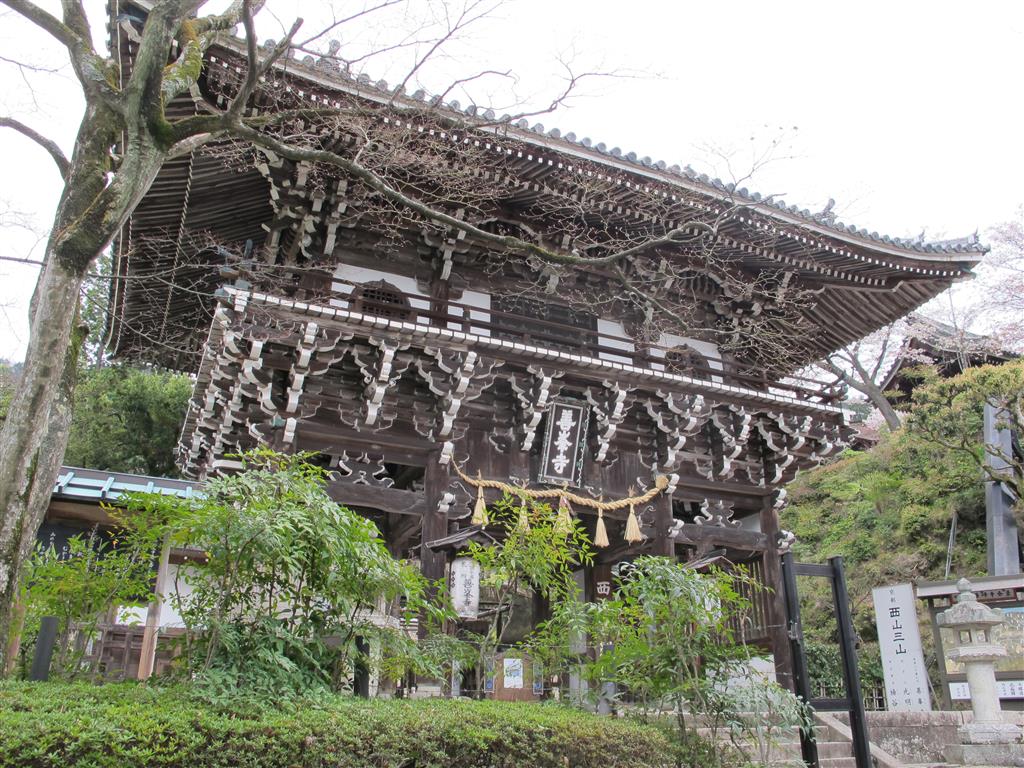 This is the sanmon entrance. It’s huge. Here you pay your 500 yen entry fee. It’s totally worth it.
This is the sanmon entrance. It’s huge. Here you pay your 500 yen entry fee. It’s totally worth it.
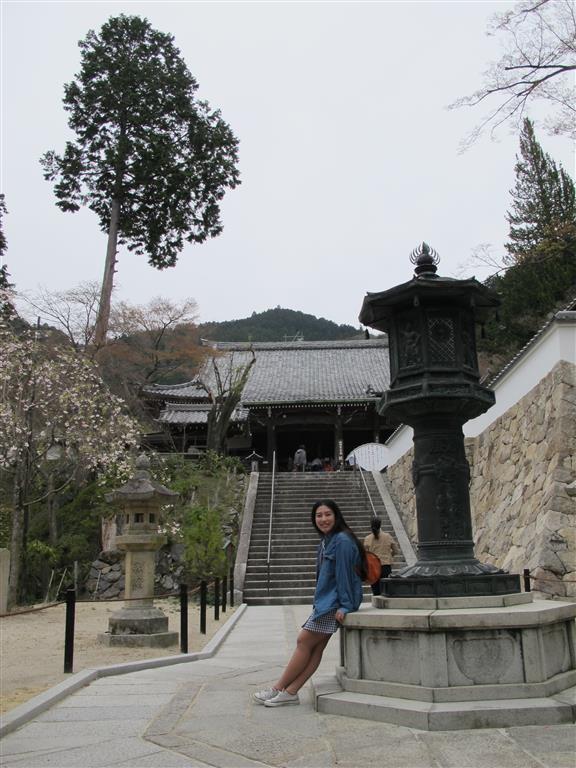 Beyond the entrance are some steps leading up to the main hall.
Beyond the entrance are some steps leading up to the main hall.
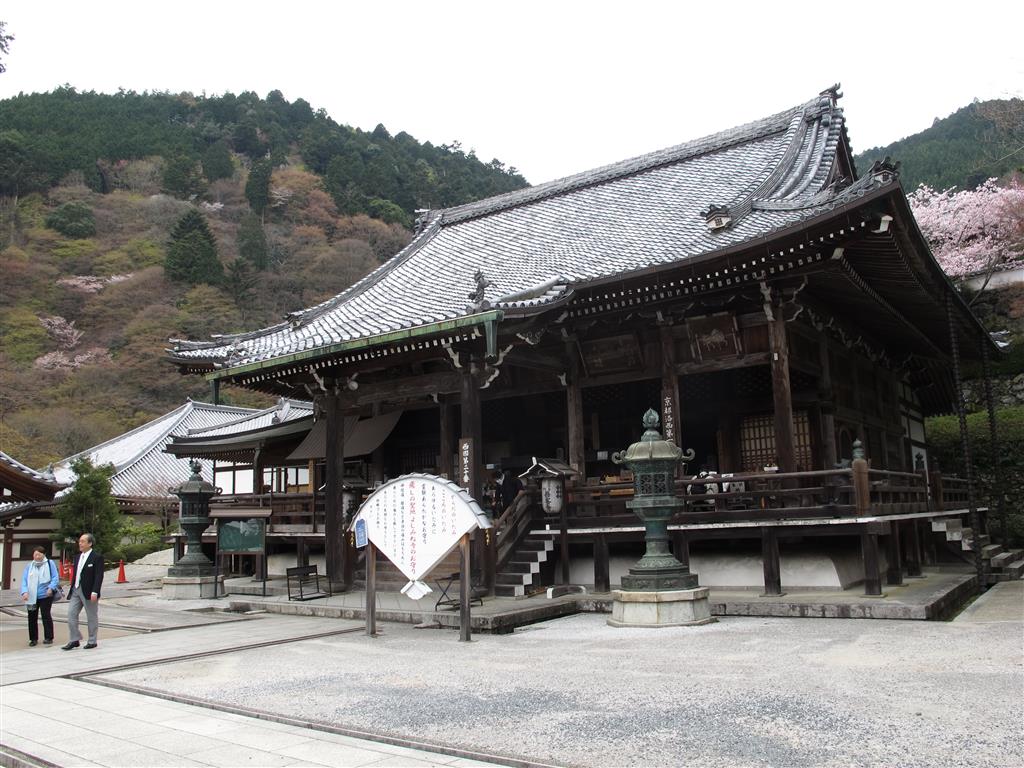 There’s something very special about the atmosphere at Yoshimine Temple, something that I can’t really put into words, but I felt it most keenly when I entered the main hall above. I am not religious, but I definitely felt something spiritual there, a very deep sense of peace and calm. This is not something I have felt in many other temples, but I remember feeling something similar in the air when visiting Mount Koya a couple of years ago… Also the Buddhist art and statuary here, in particular the representations of the Kannon-sama, the spirit of Mercy, struck me as particularly beautiful.
There’s something very special about the atmosphere at Yoshimine Temple, something that I can’t really put into words, but I felt it most keenly when I entered the main hall above. I am not religious, but I definitely felt something spiritual there, a very deep sense of peace and calm. This is not something I have felt in many other temples, but I remember feeling something similar in the air when visiting Mount Koya a couple of years ago… Also the Buddhist art and statuary here, in particular the representations of the Kannon-sama, the spirit of Mercy, struck me as particularly beautiful.
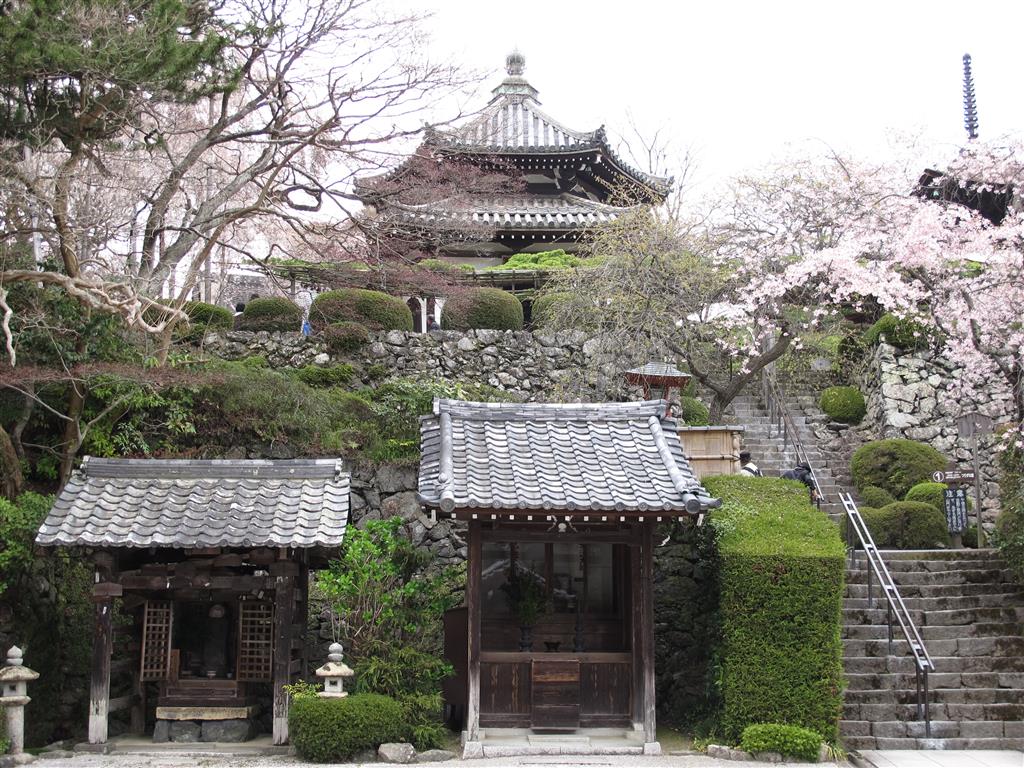
You aren’t allowed to take pictures inside the main hall (which is a good thing really), so my pictures of the temple grounds will have to suffice. Neither words nor pictures though, can convey how lovely a spot this is. I really enjoyed our visit here.
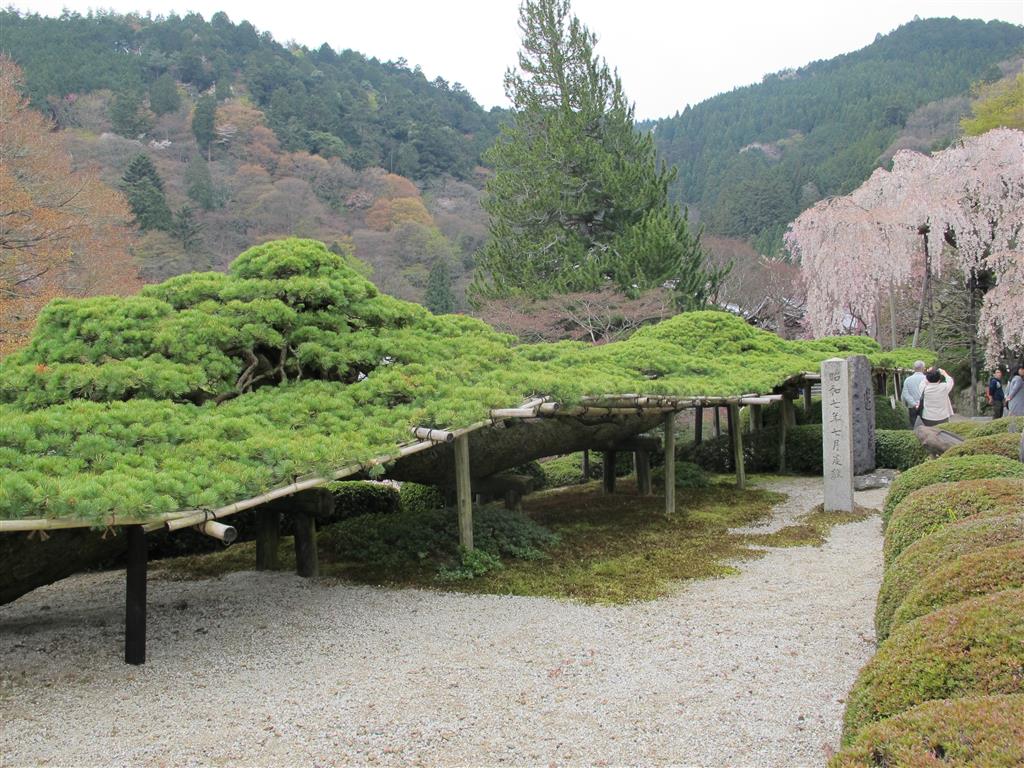 Yoshiminedera is also famous for the YÅ«ryu no matsu (éŠé¾ã®æ¾) or “Playful Dragon Pine”. This 600 year old tree has been trained to grow horizontally and extends for 37 meters…
Yoshiminedera is also famous for the YÅ«ryu no matsu (éŠé¾ã®æ¾) or “Playful Dragon Pine”. This 600 year old tree has been trained to grow horizontally and extends for 37 meters…
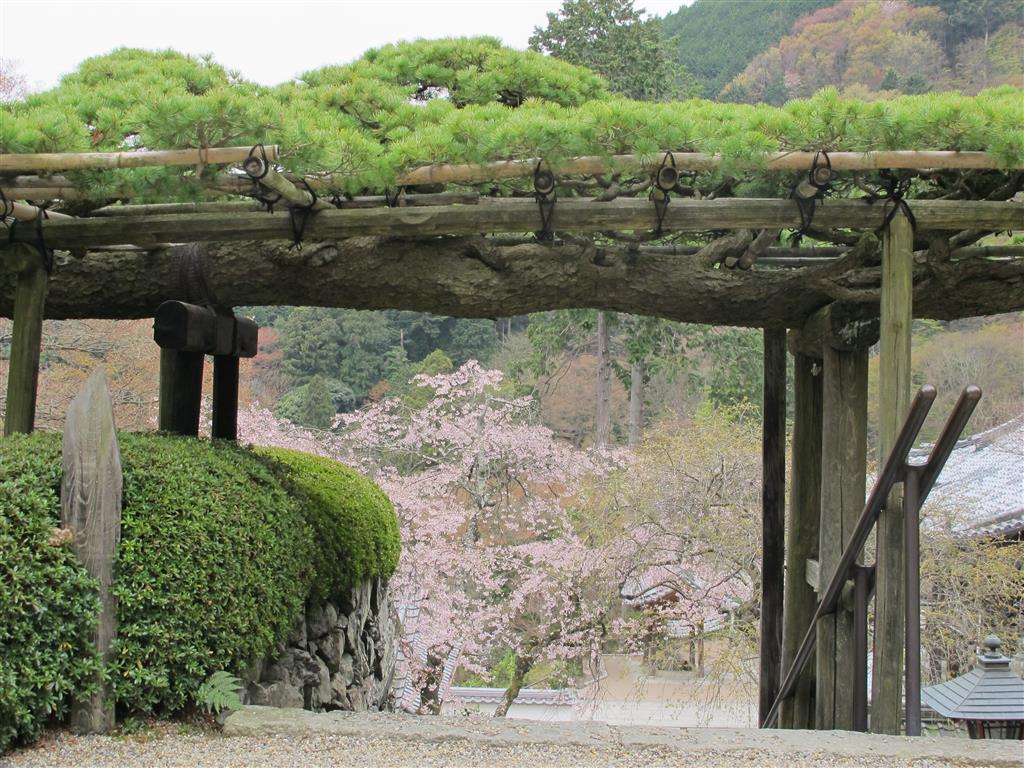 At one end of it is a massive weeping cherry tree, and that too is stunning to behold.
At one end of it is a massive weeping cherry tree, and that too is stunning to behold.
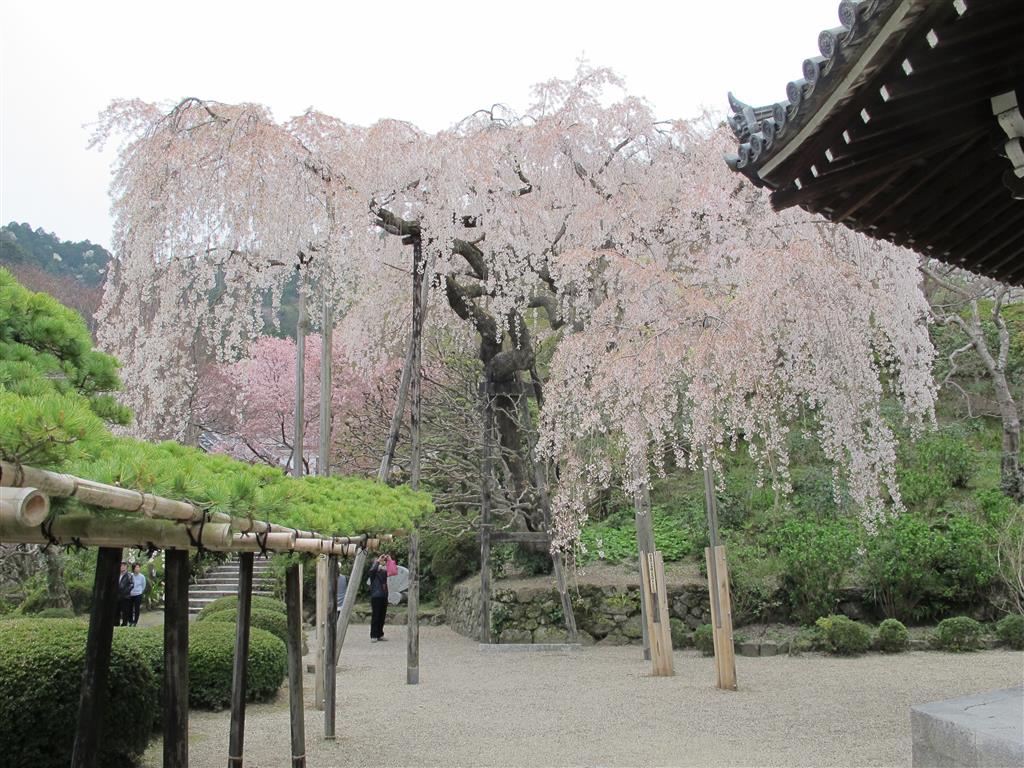 This cherry tree actually grows out of a maple tree which you can see in the next picture.
This cherry tree actually grows out of a maple tree which you can see in the next picture.
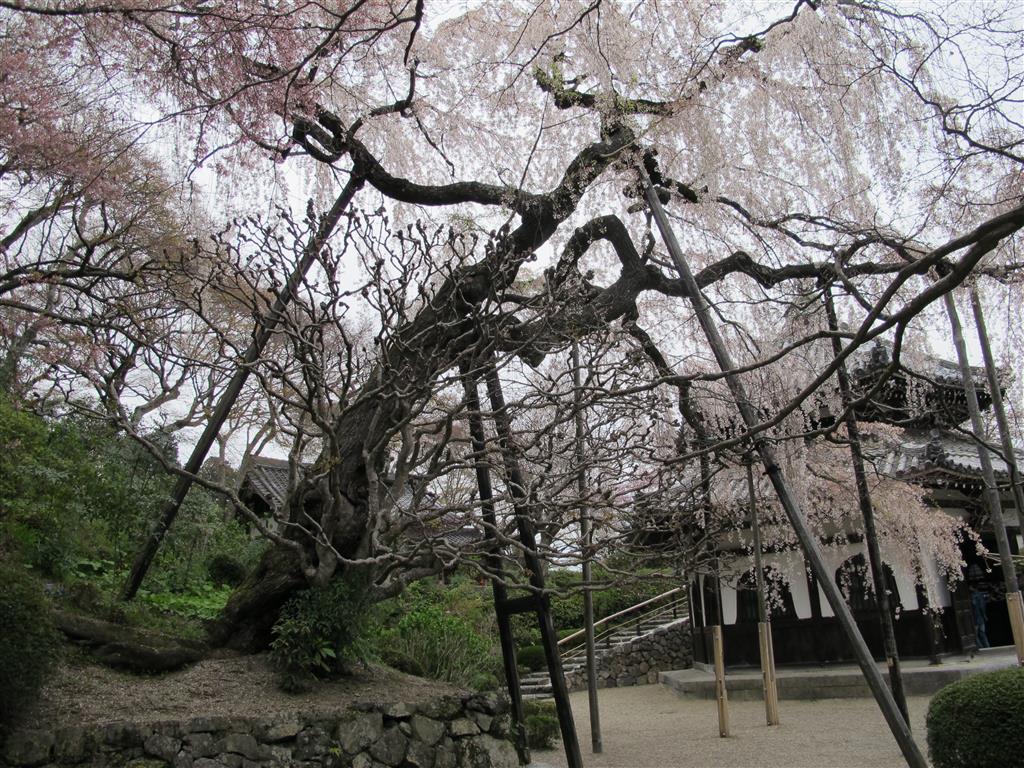 Beside these trees is a fan shaped stone with a poem that reads:
Beside these trees is a fan shaped stone with a poem that reads:
春ã¯èŠ±
秋ã¯ã‚‚ã¿ã˜ã®
ã‚€ã™ã³æœ¨ã¯
ã“ã®ä¸–ã®ã—ã‚„ã‚ã›
ã‚ã§ãŸã‹ã‚Šã‘ã‚Š
in spring, blossom
in fall, coloured maple –
these entwined trees
would celebrate
this world’s joy!
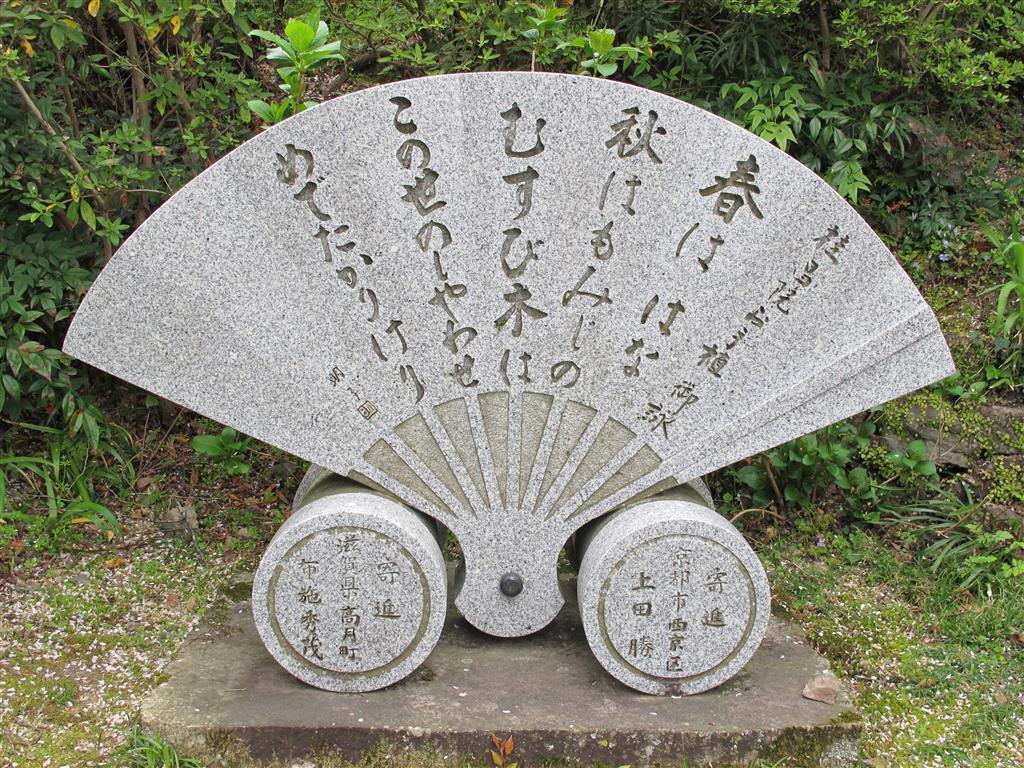
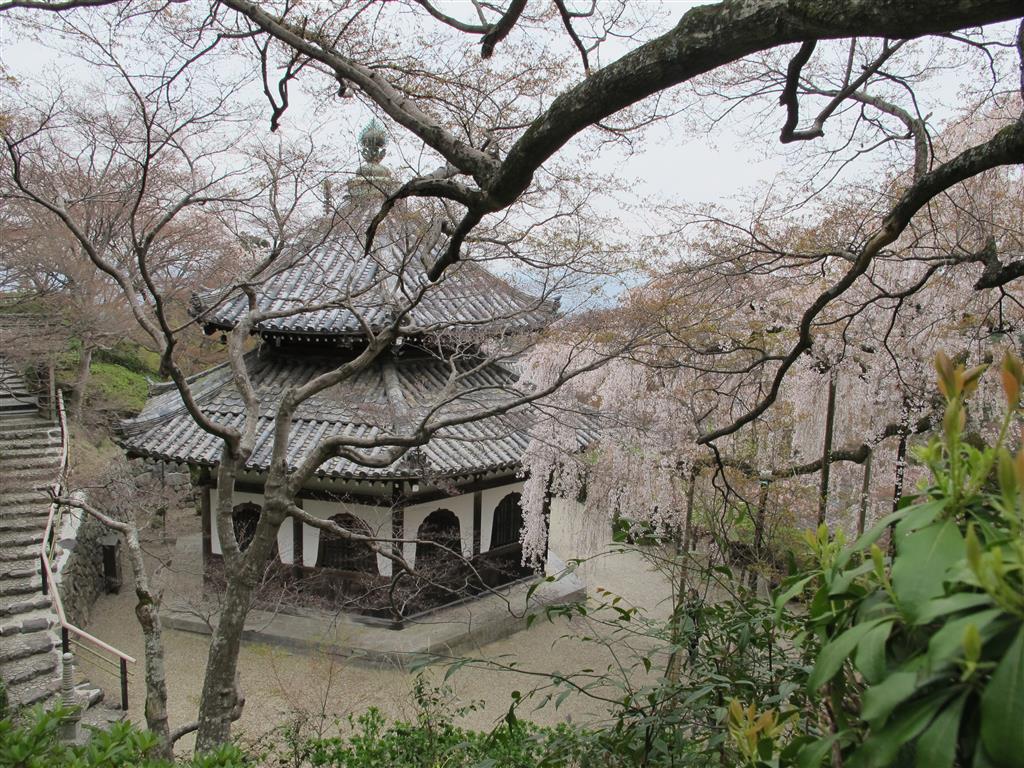
Be prepared to have your breath taken away when you turn this next corner.
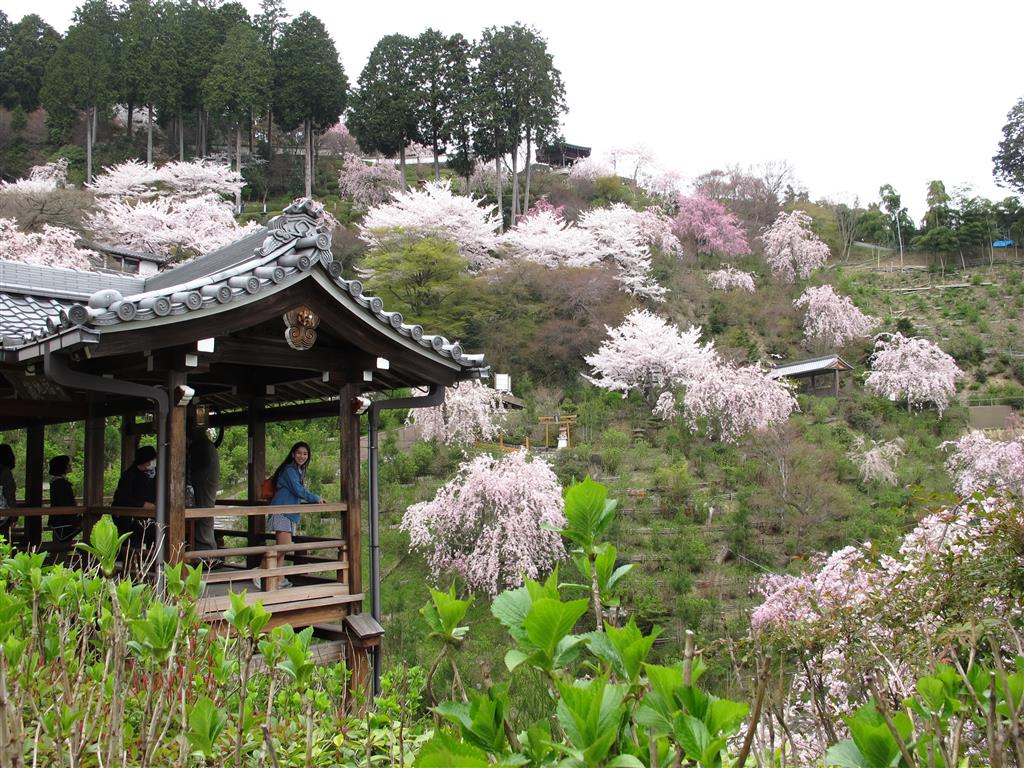 From here on, our path was graced with compassionate clouds of cherry blossom and heavenly views. Enjoy the pictures, and if you would like to visit this temple yourself someday, check the travel information at the end of this post.
From here on, our path was graced with compassionate clouds of cherry blossom and heavenly views. Enjoy the pictures, and if you would like to visit this temple yourself someday, check the travel information at the end of this post.
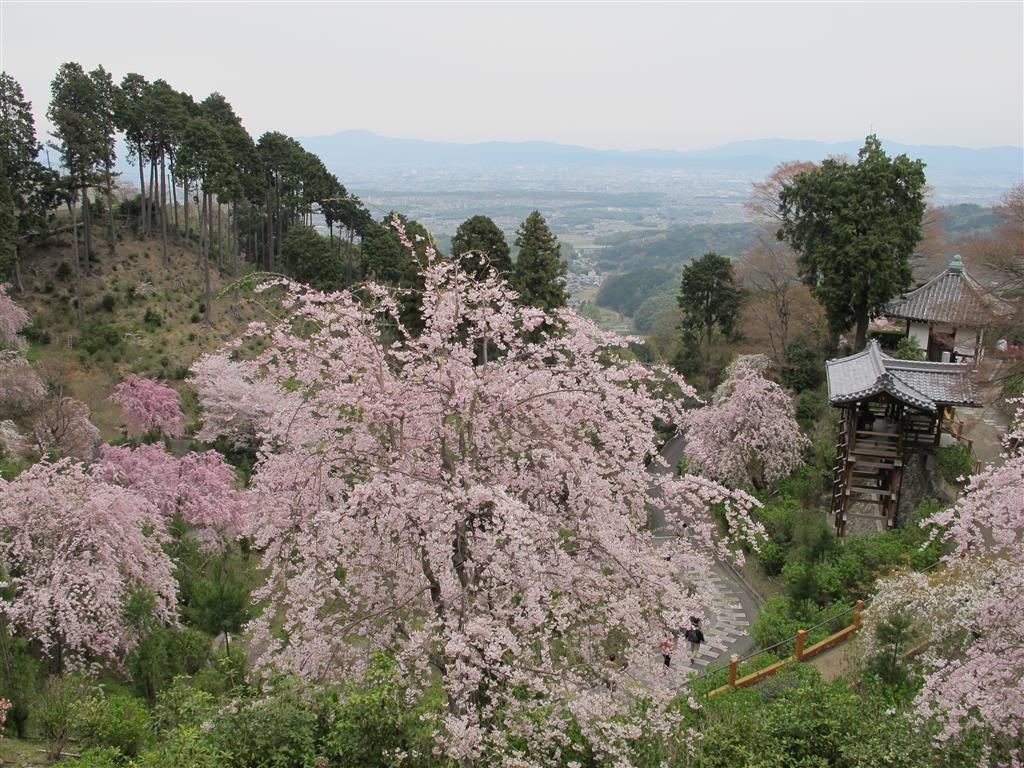
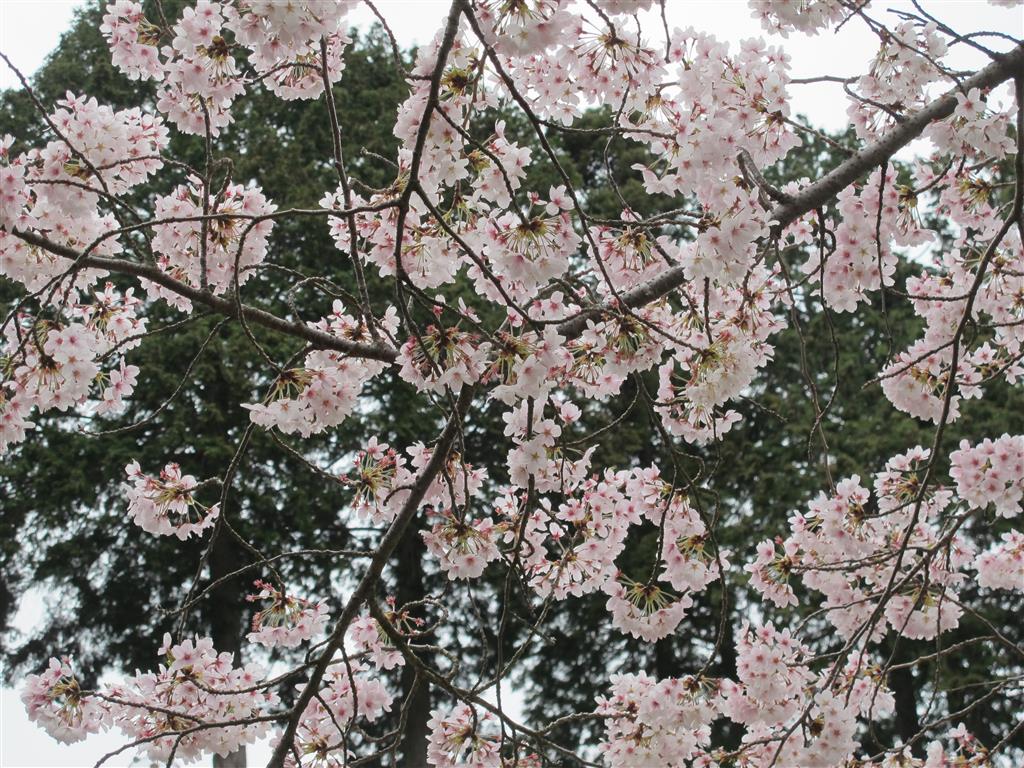
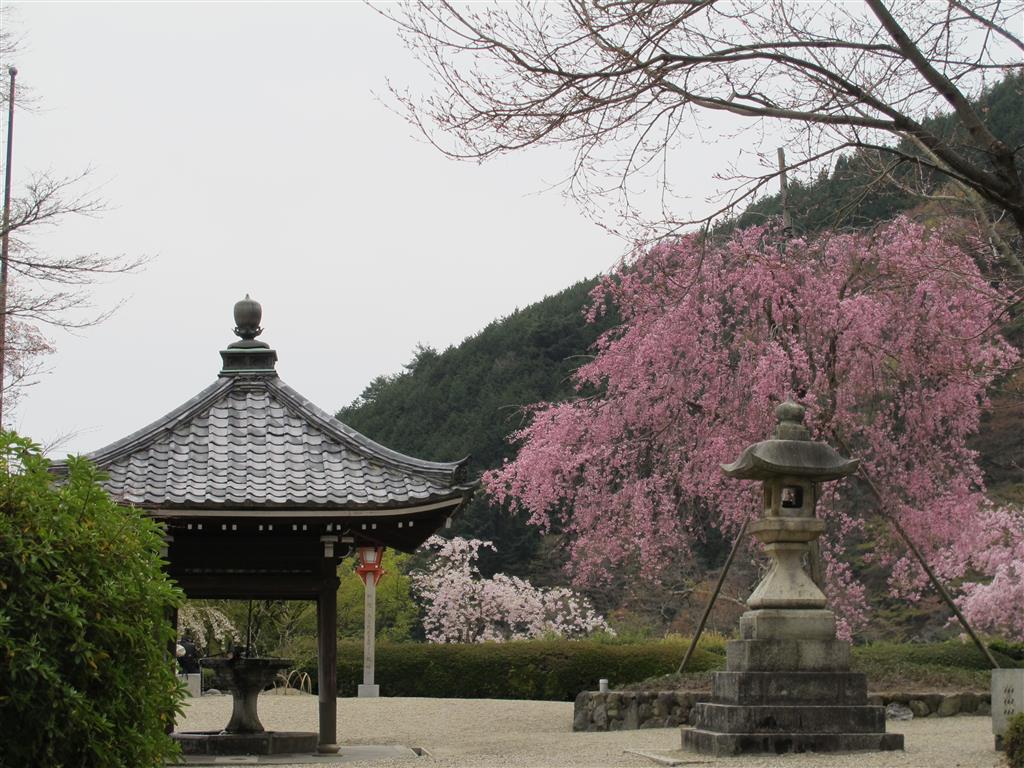
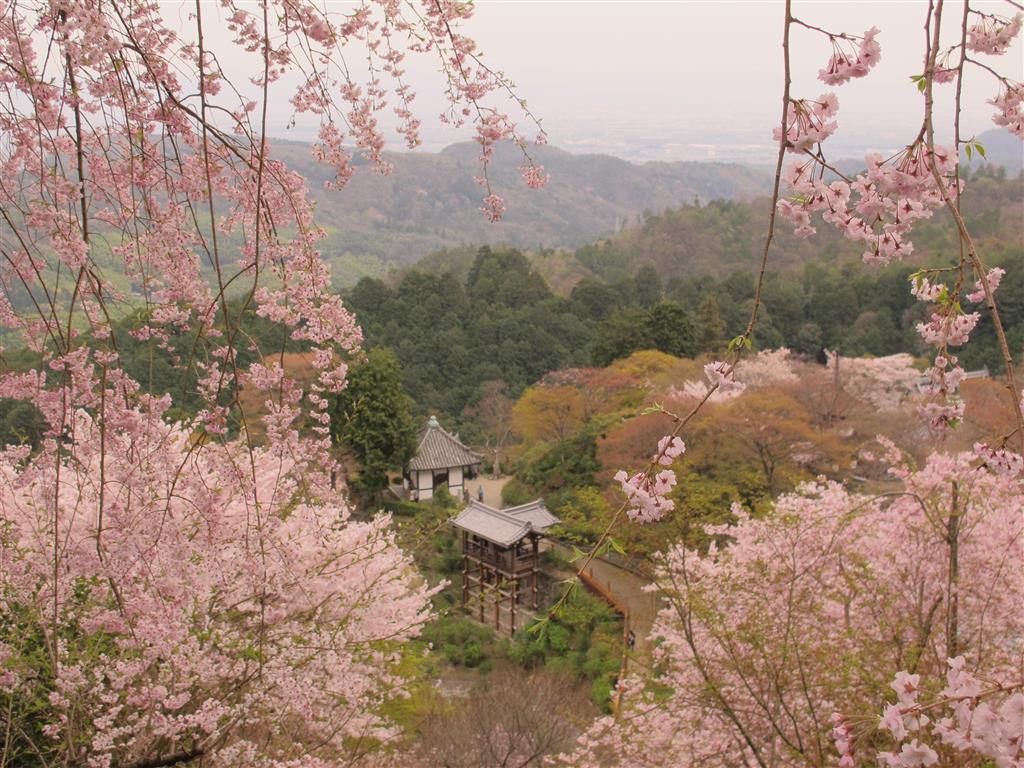
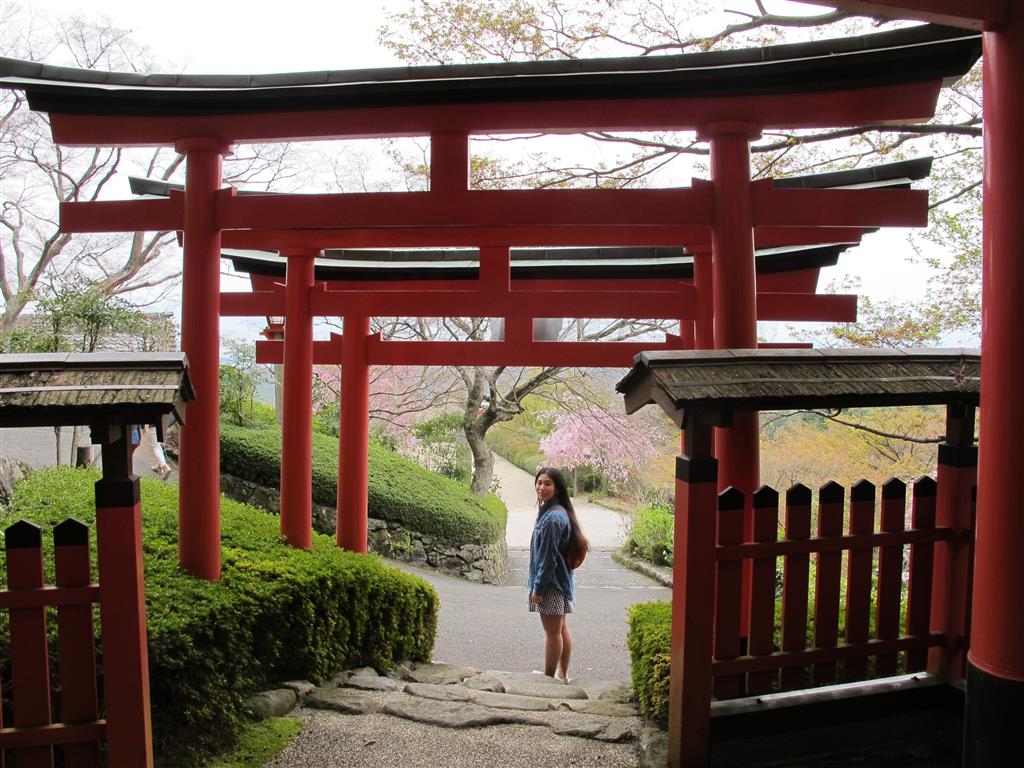
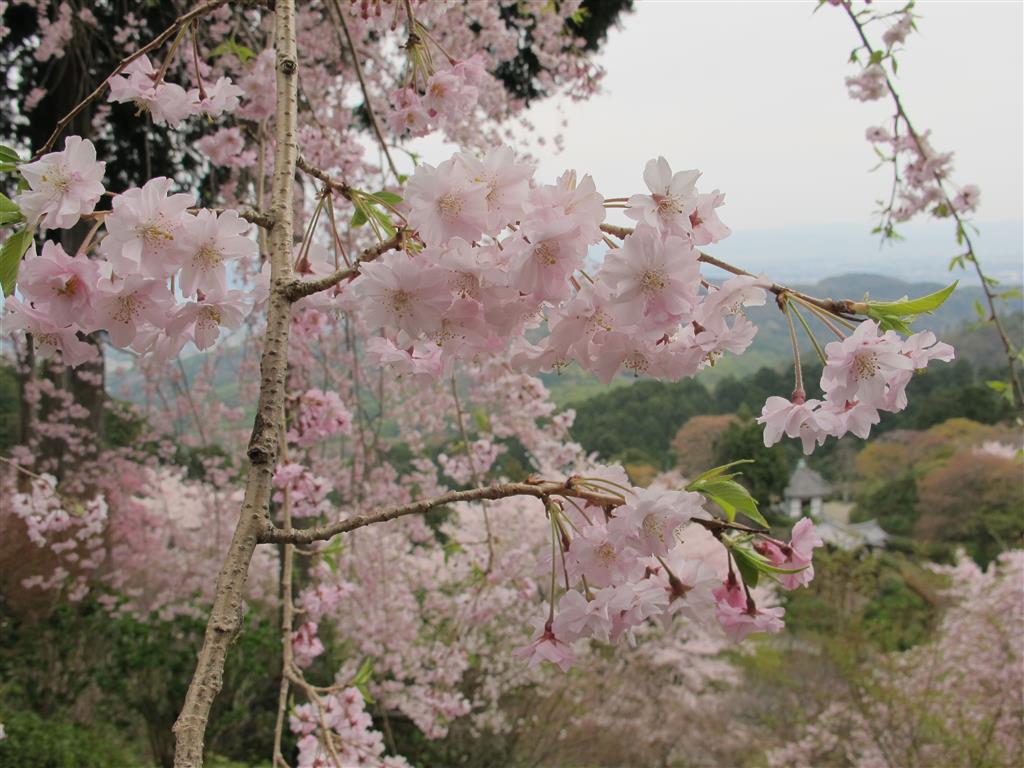
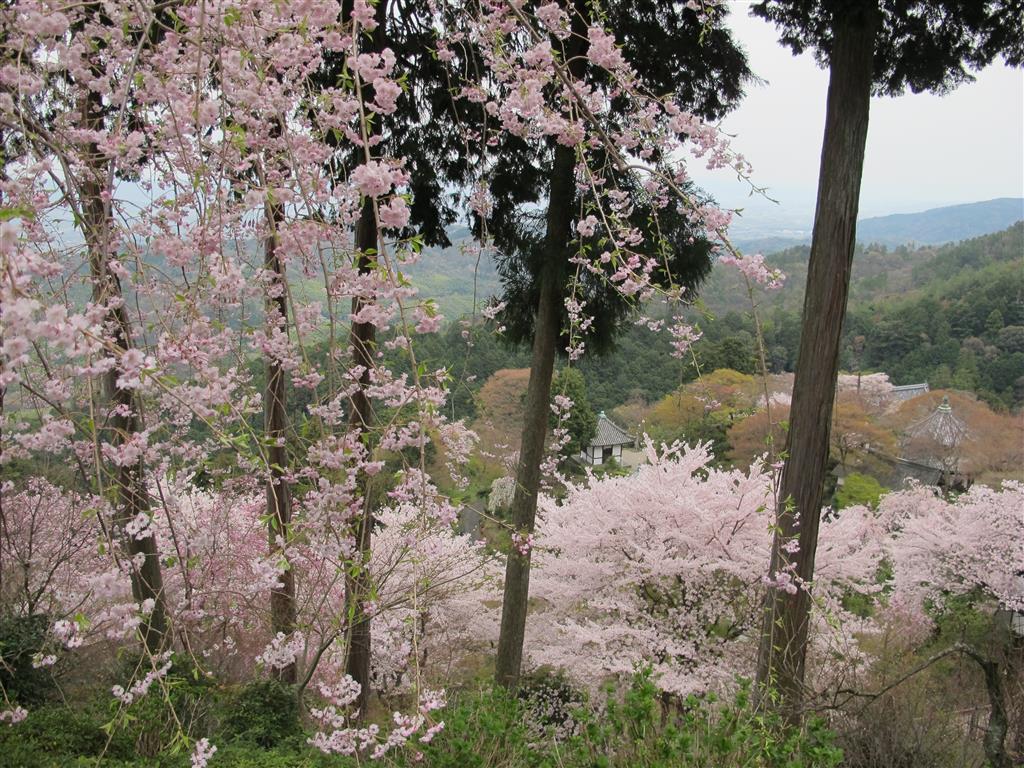
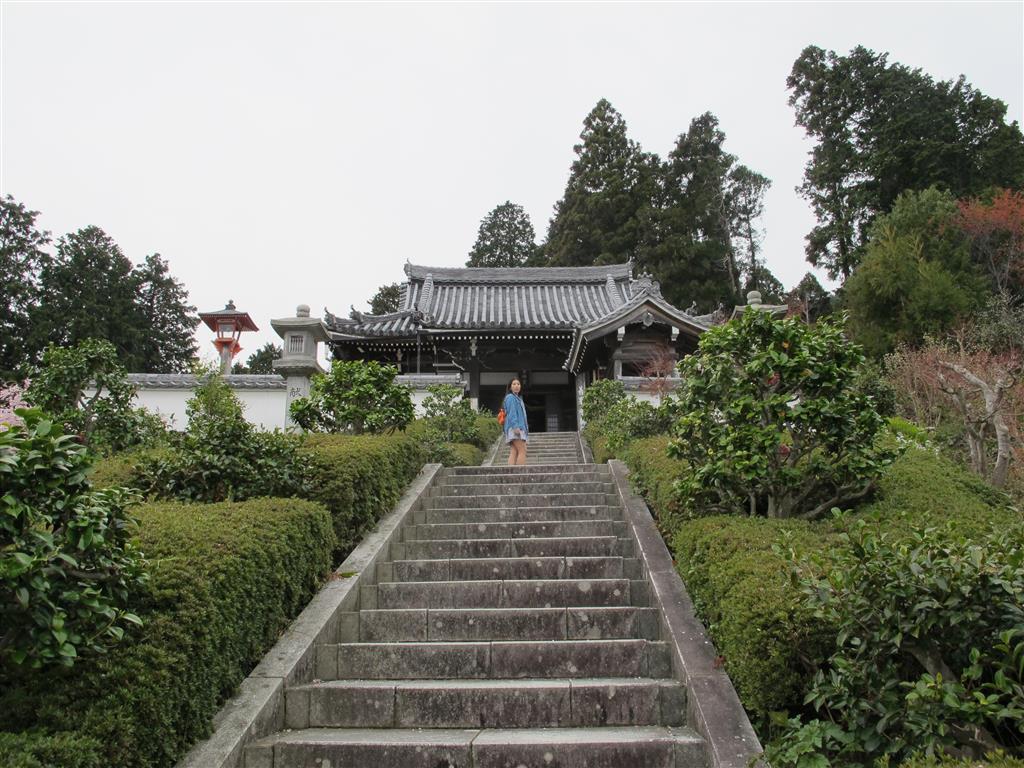
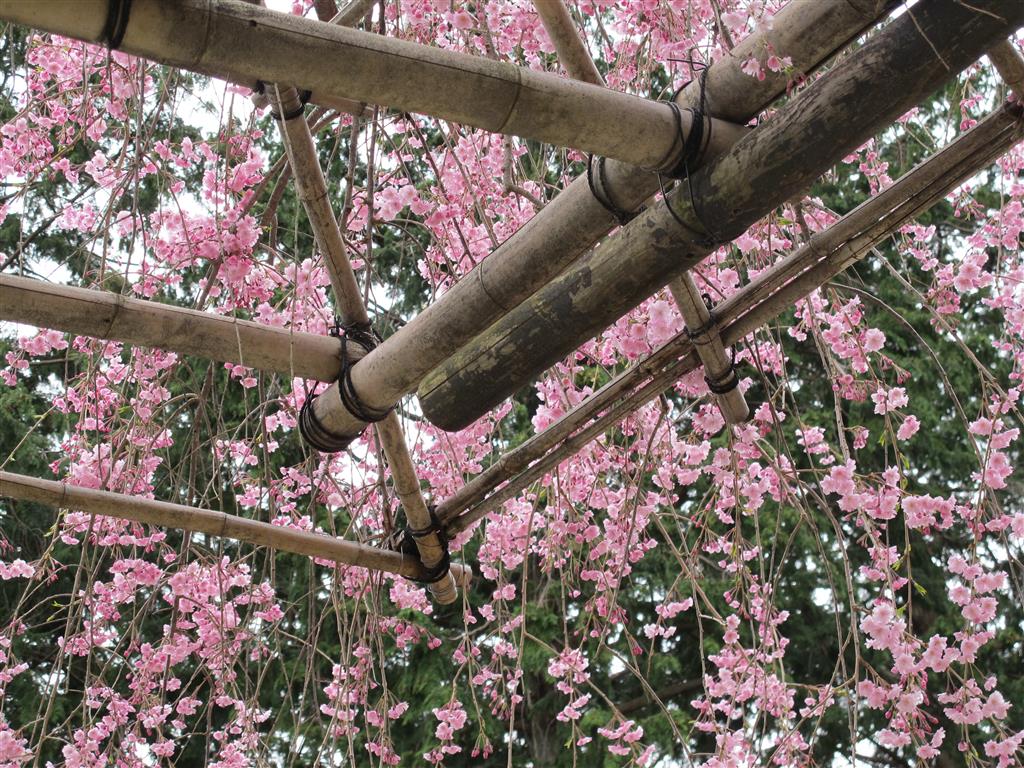
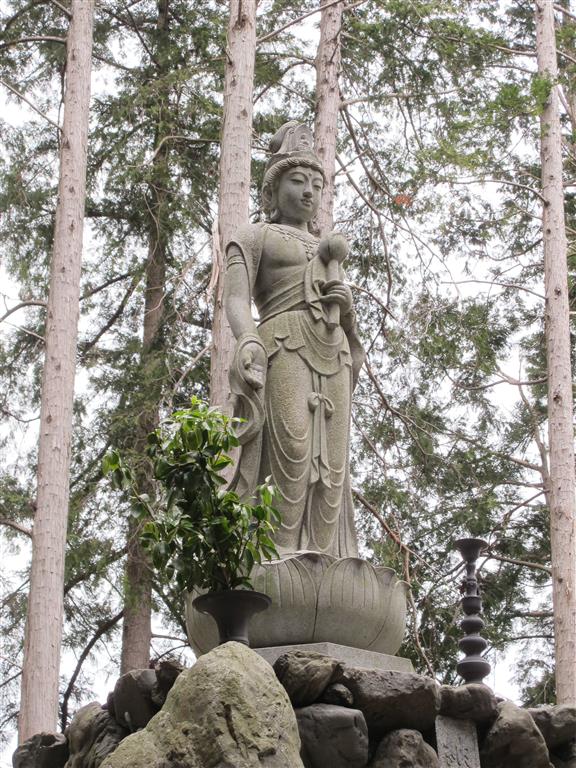
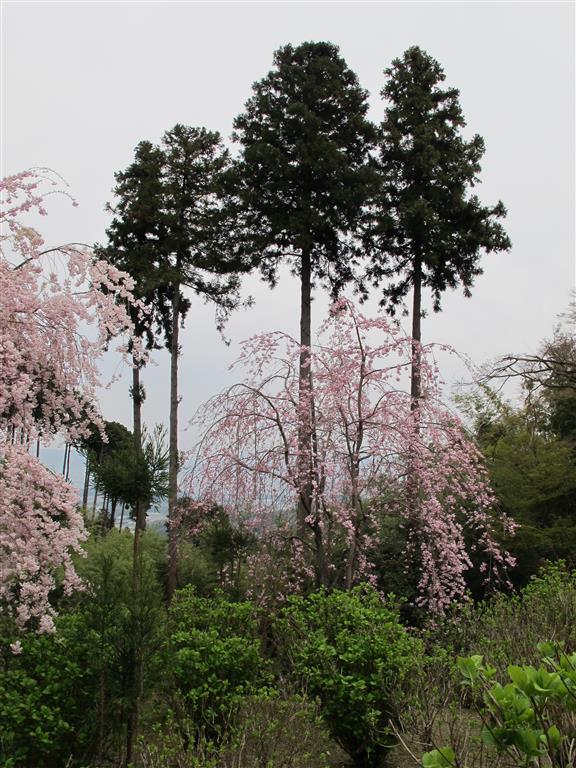
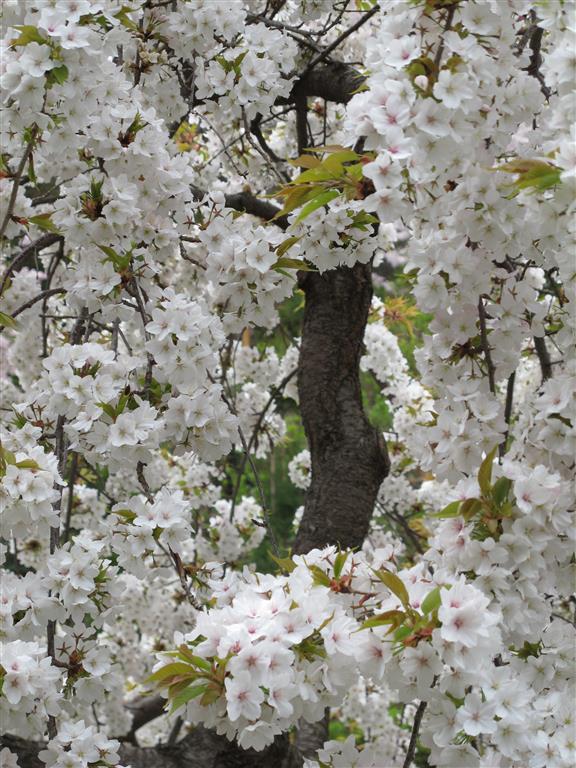

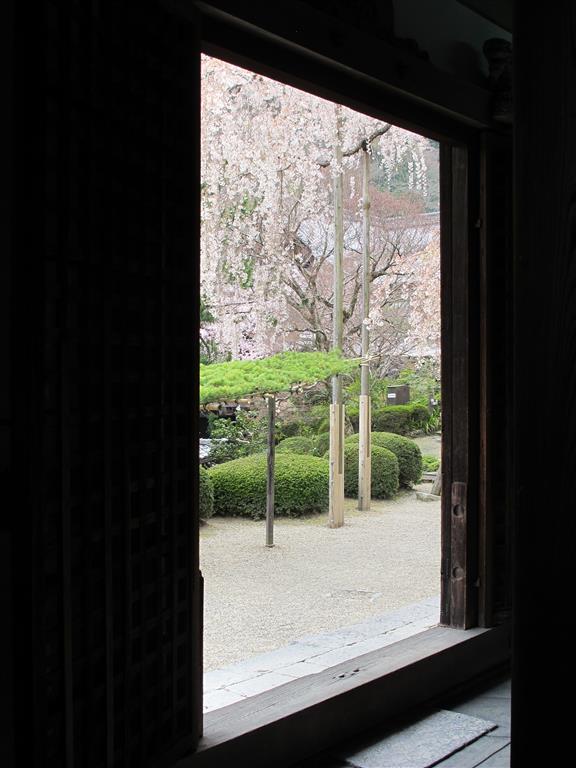
Getting there: To get to Yoshimindera we first took the JR line from Kyoto station to MukÅmachi (å‘日町) and then took a bus. The bus takes twenty minutes and costs 350 yen. You can also take the Hankyu line to nearby Higashi MukÅ and catch the bus from there, but I would recommend MukÅmachi. Because it’s the first stop you have a better chance of getting a seat for that twenty minute journey! Buses depart for Yoshiminedera at 35 minutes past the hour from MukÅmachi and at 42 minutes past the hour from Higashi MukÅ. Be sure to time your train journey (you can check the schedule on Jorudan), so that you don’t have to wait an hour for the next bus! Also, the last bus back is at 15.24, so be sure to go early enough. There’s a lot to see in the grounds of Yoshimine Temple, so you will need at least a couple of hours there to fully enjoy it. The temple itself is open from 8:00~17:00, so you could always get a taxi back if you wanted to stay later, but that would probably cost you a couple of thousand yen.
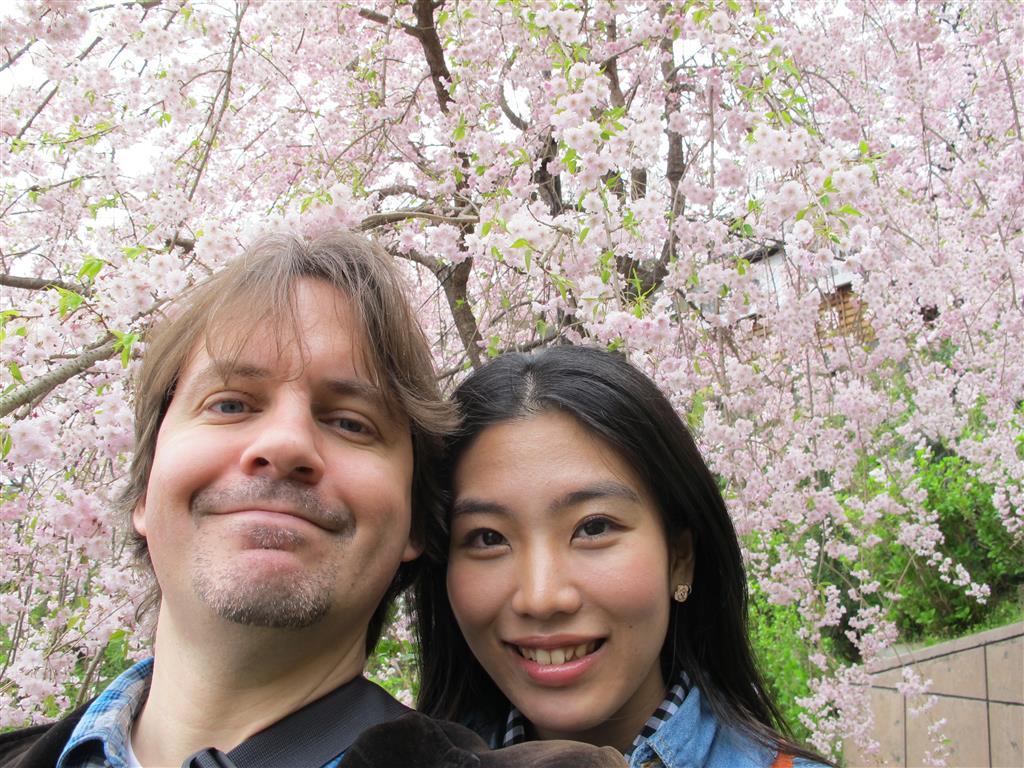
See also:
Cherry Blossoms at Hirano Shrine
Cherry Blossoms at Heian Jingu